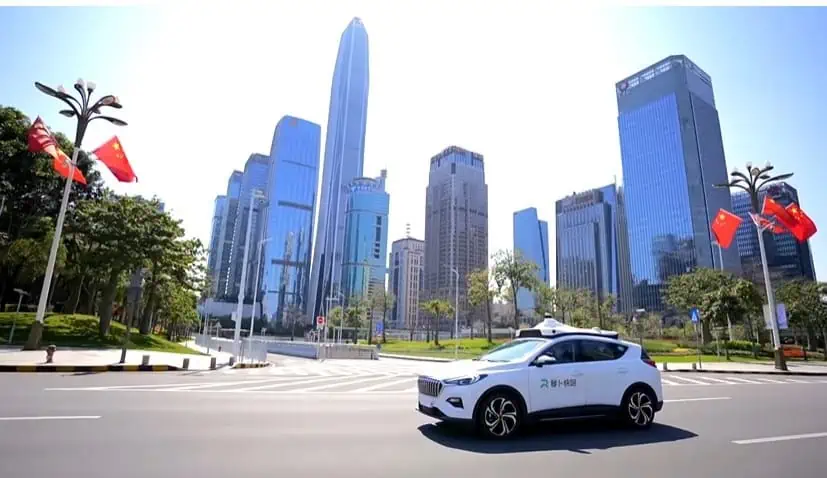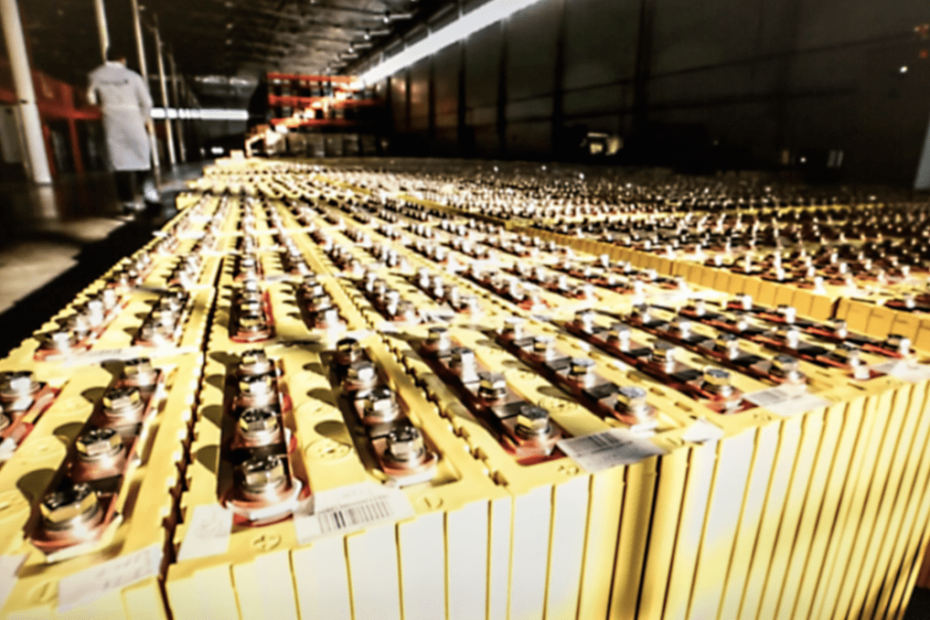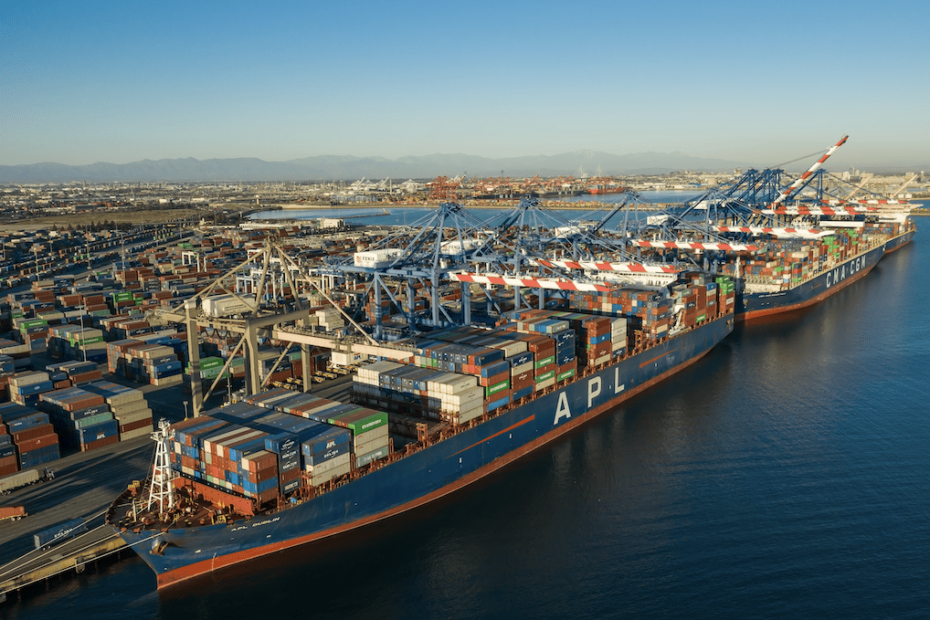Robotaxis Get Real in China
By Egil Juliussen, PhD
[Editor’s note: This is the third in a series examining China’s ascendant electric vehicle sector. We examine key players, their strategies and how China has come to dominate EV manufacturing, challenging Tesla and leaving established carmakers in the dust.]
What’s at stake?
China is a leader in developing autonomous-vehicle (AV) technologies, with robotaxis as the top AV use case. China is also strong in autonomous trucks, delivery vehicles, buses and vans. Seven leading Chinese companies that provide robotaxi software platforms are poised to begin driverless tests.










